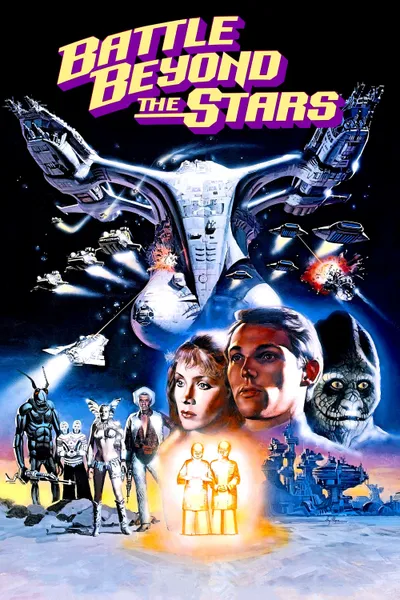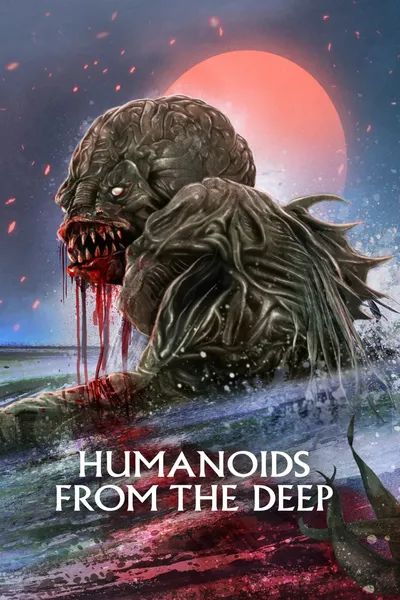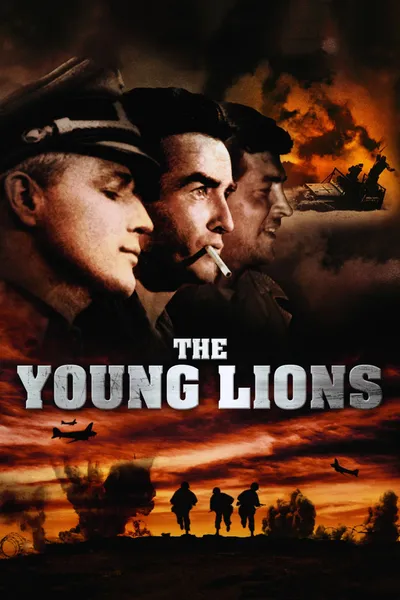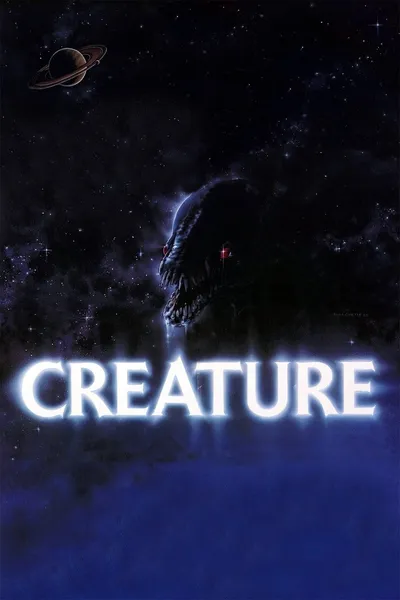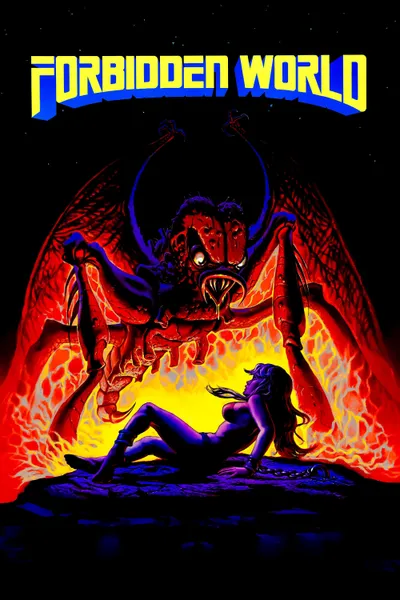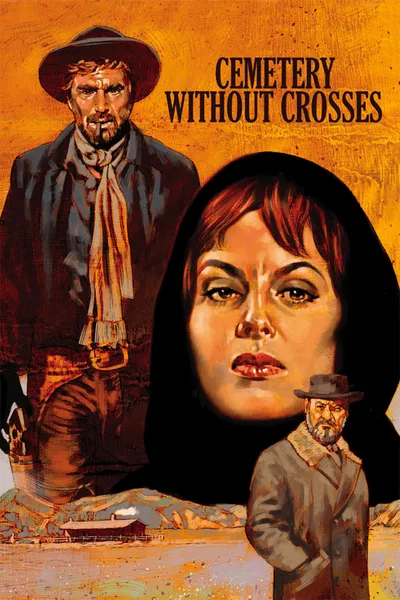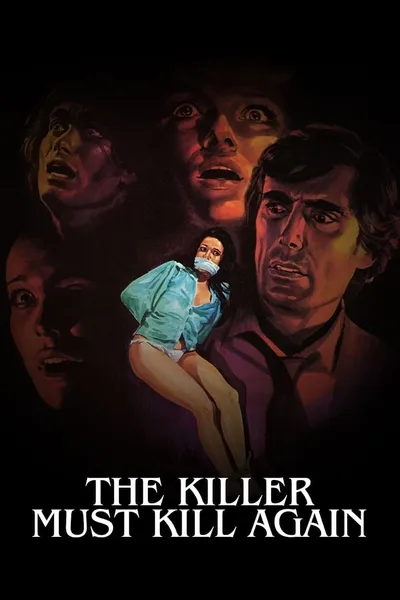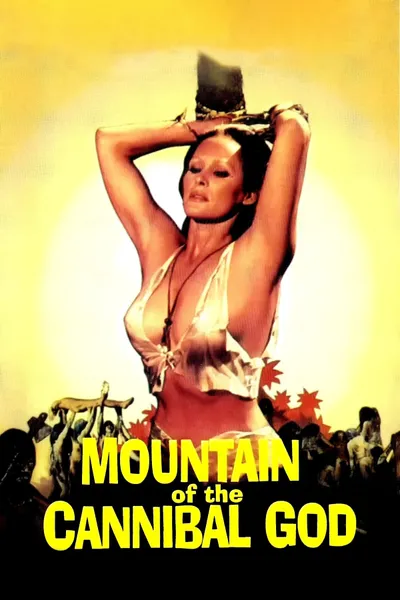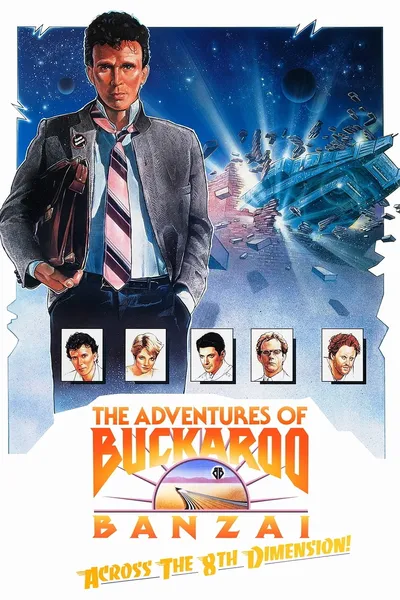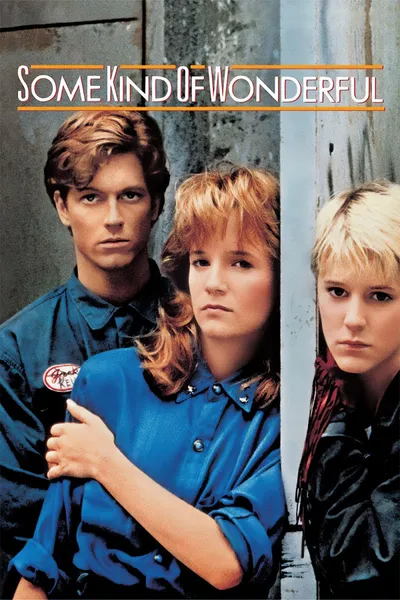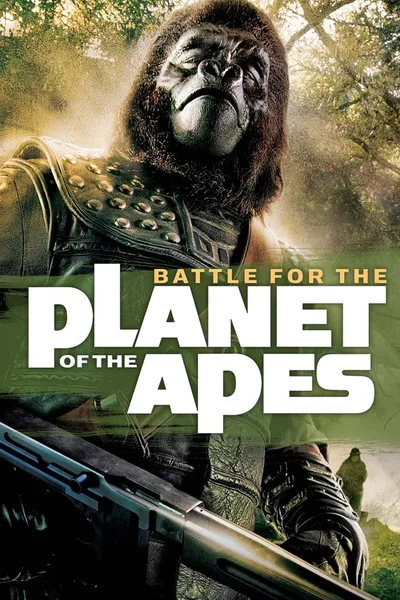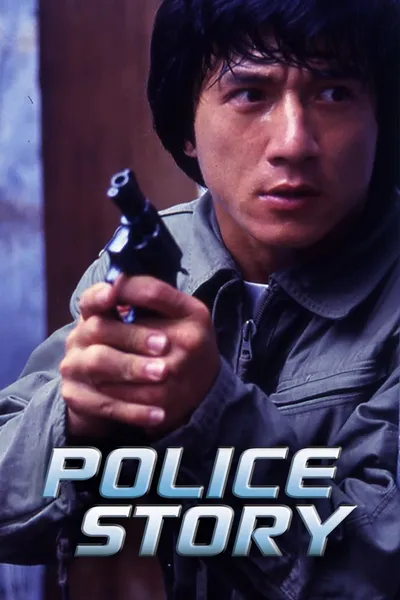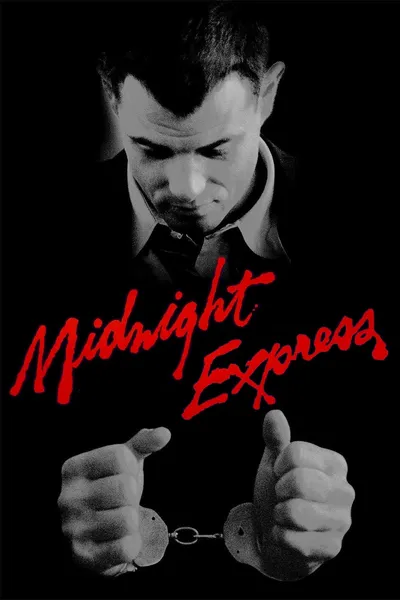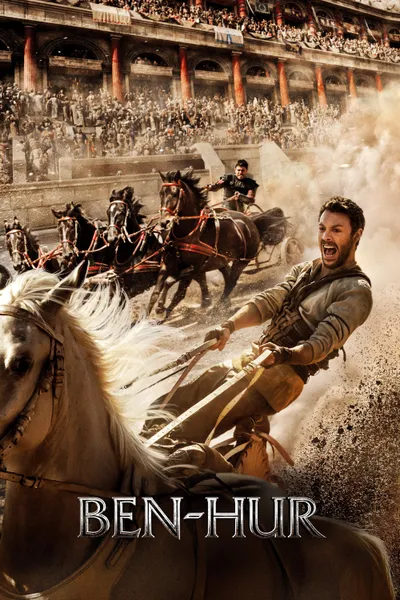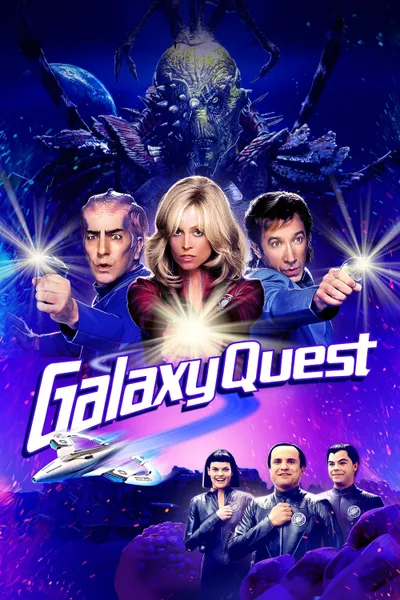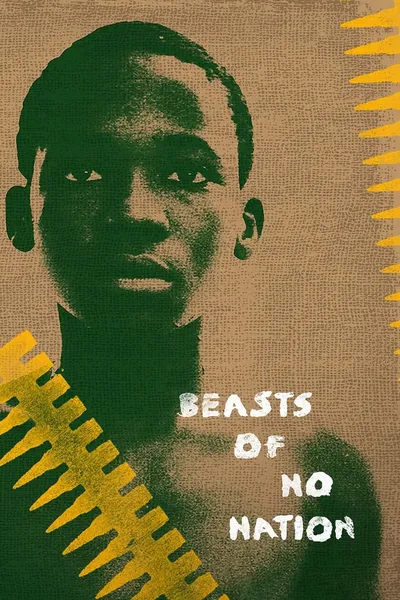Reviews


CinemaSerf
June 7, 20236.0
This looks every inch the low budget affair it actually was - but it almost comes off as a fairly engaging sci-fi rip off of the "Magnificent Seven" - complete, even, with Robert Vaughn! "John-Boy" himself, Richard Thomas ("Shad") lives on one of those simple, peaceful, planets threatened by a megalomanic with a big laser cannon (John Saxon) who demands their harvest. "Shad" decides to try and rustle together some mercenaries to defend their home from this evil conqueror and so recruits a disparate band including George Peppard ("Cowboy") and a collection of inter-galactic misfits to help with their cause. Probably most notable for James Horner's score, this is an enjoyable enough sci-fi action adventure with plenty going on and not too much tedious philosophising; the special effects do their job fine, too.

Wuchak
August 26, 20247.0
**_Star Trek and Star Wars are met together (on a lower Corman budget)_**
When the planet Akir is threatened by a galactic tyrant (John Saxon), a young man with no experience in warfare (Richard Thomas) ventures into space to enlist the aid of several mercenaries (George Peppard, Robert Vaughn, Morgan Woodward, etc.).
"Battle Beyond the Stars" (1980) meshes the space-oriented science-fiction of Star Trek (the Original Series and the 1979 movie) with the space fantasy of Star Wars for a colorful interplanetary adventure on a Roger Corman budget. The protagonist’s planet is called Akir and the denizens Akira because the basic plot was taken from Akira Kurosawa’s “Seven Samurai” (which, of course, was also the basis for “The Magnificent Seven”).
On the female front, Darlanne Fluegel is noteworthy as Nanelia, the potential mate of our young hero (Thomas). Meanwhile stunning Sybil Danning works well as Saint-Exmin of the Valkyrie warriors, albeit hammy. Julia Duffy can be observed as one of the Akira.
This was one of the first fairly big theatrical films to be scored by James Horner (although he previously did “Humanoids from the Deep” the same year), which paved the way for his notable career (think “Wolfen,” “Star Trek II,” “Star Trek III,” “Cocoon,” “Aliens,” “Field of Dreams,” “Glory” and so on).
Corman’s $2 million budget was mostly spent on the salaries of Peppard and Vaughn, but he had to up his game with the special effects to compete with the new standards set by “Star Wars” (which cost $11 million), “Alien” ($11 million) and “Star Trek: The Motion Picture” ($35 million). Sure, the F/X aren’t as good as those movies, technically speaking, but they’re quite effective (and fun) all things considered, not to mention superior to “Buck Rogers in the 25th Century” (the theatrical movie that was also the pilot for the TV series), which had $3.5 million to work with.
It was very profitable at the box office and deservedly so since it’s all-around entertaining. You could say that it was the low-budget precursor to the Thor and Guardians of the Galaxy flicks of modern times.
It runs 1 hour, 43 minutes and was shot at Corman's own studio in Venice, California, his "renowned lumberyard facility.”
GRADE: B
Recommendation Movies
Humanoids from the Deep1980
The Young Lions1958
Creature1985
The Man Who Haunted Himself1970
Forbidden World1982
Cemetery Without Crosses1969
Duran Duran: Unstaged2014
The Killer Must Kill Again1975
Slave of the Cannibal God1978
Kiss of the Spider Woman1985
The Other Side of Hope2017
The Adventures of Buckaroo Banzai Across the 8th Dimension1984
Some Kind of Wonderful1987
Battle for the Planet of the Apes1973
Police Story1985
Taking Lives2004
Midnight Express1978
Ben-Hur2016
Galaxy Quest1999
Beasts of No Nation2015
© 2025 MoovieTime. All rights reserved.Made with Nuxt
